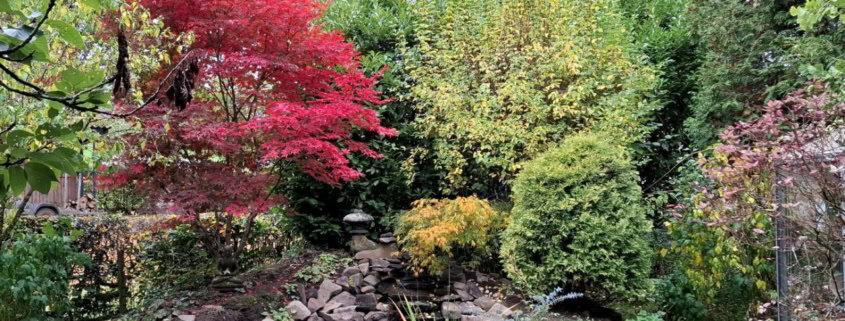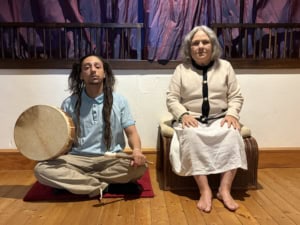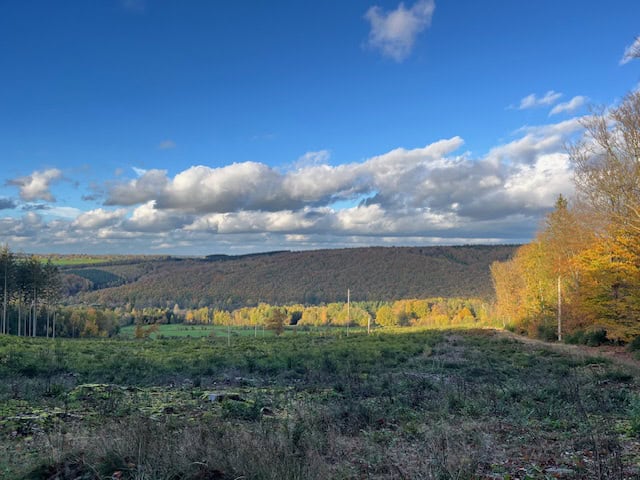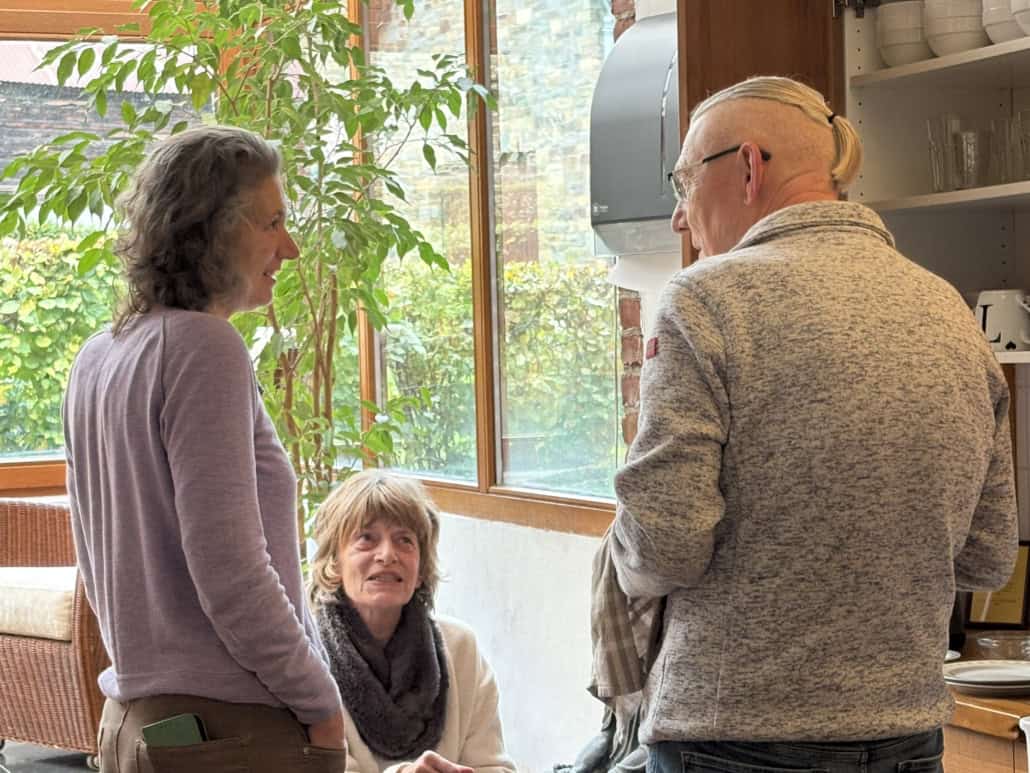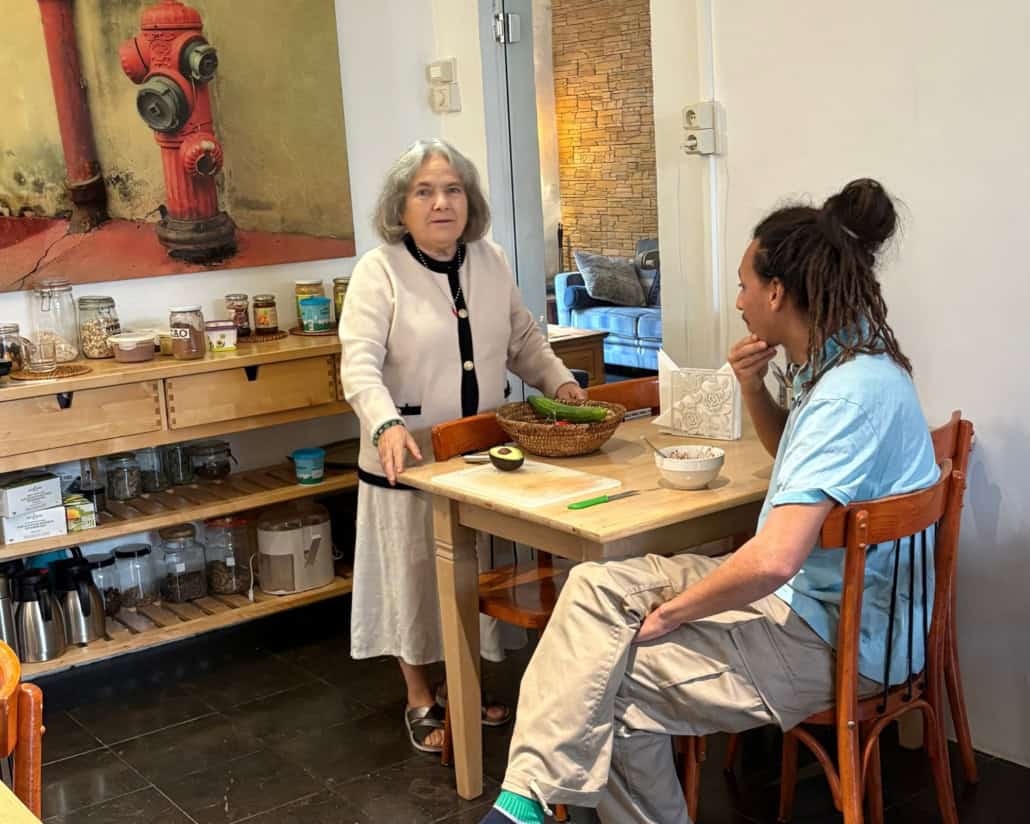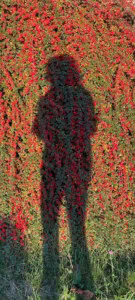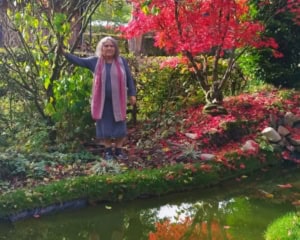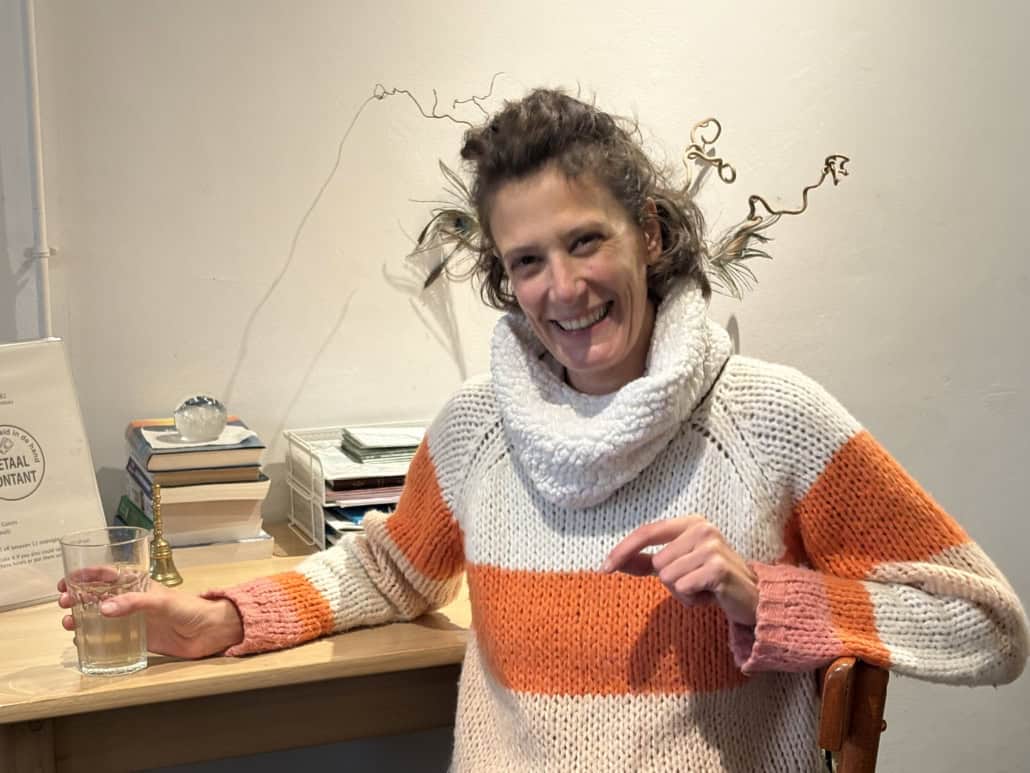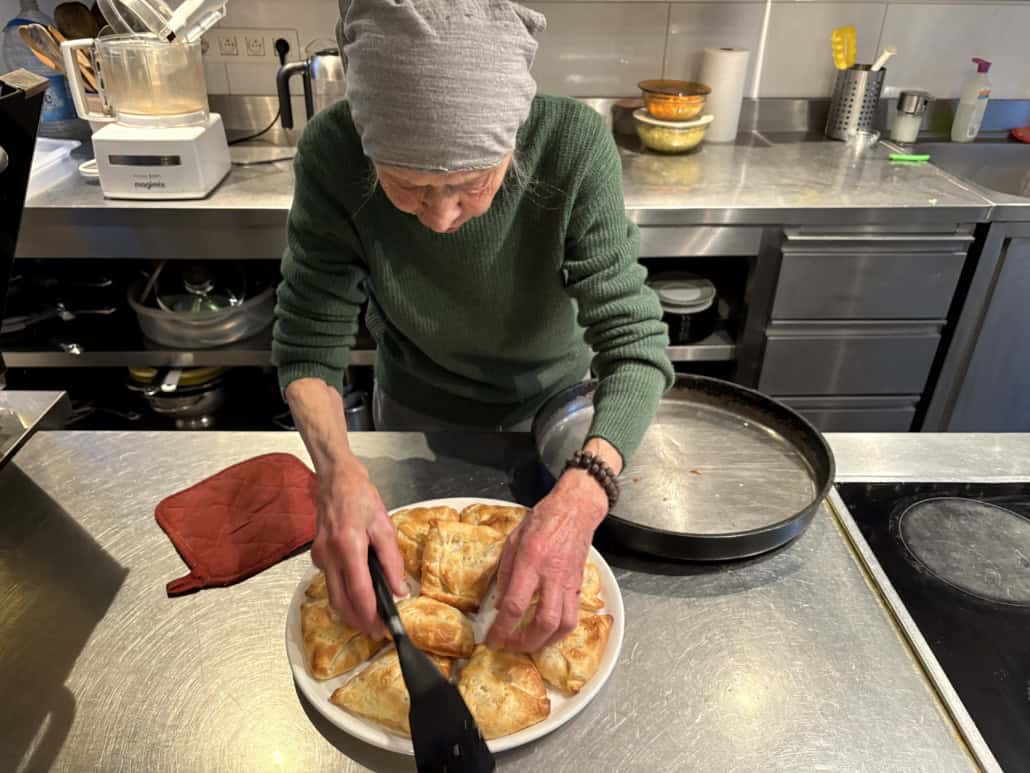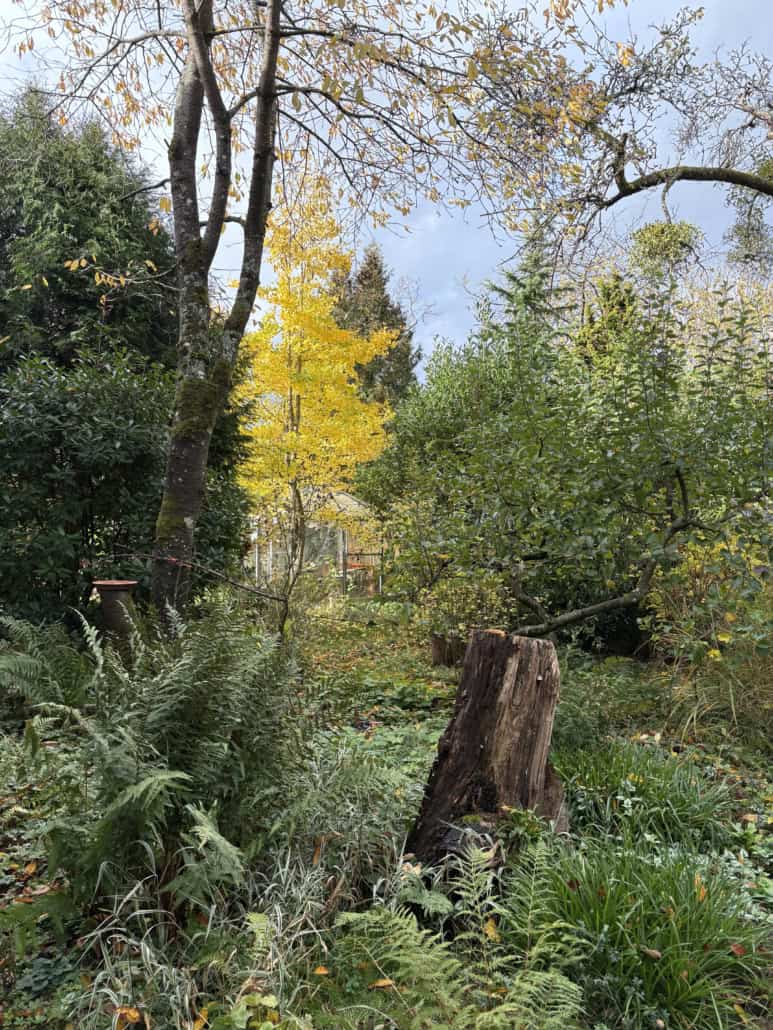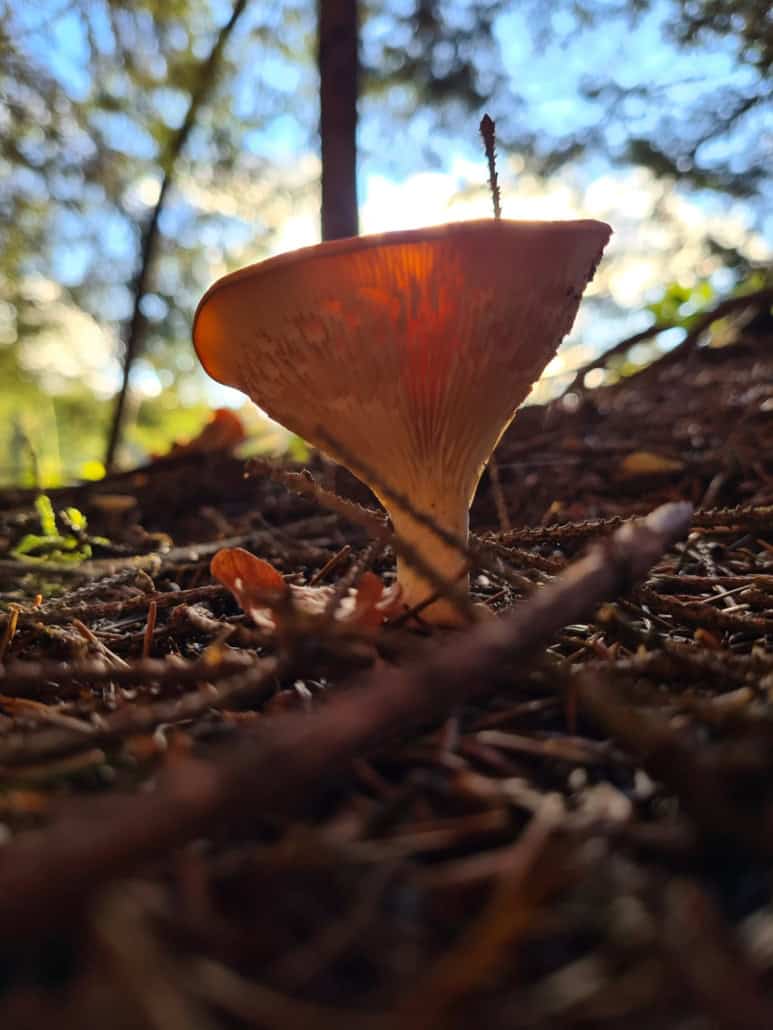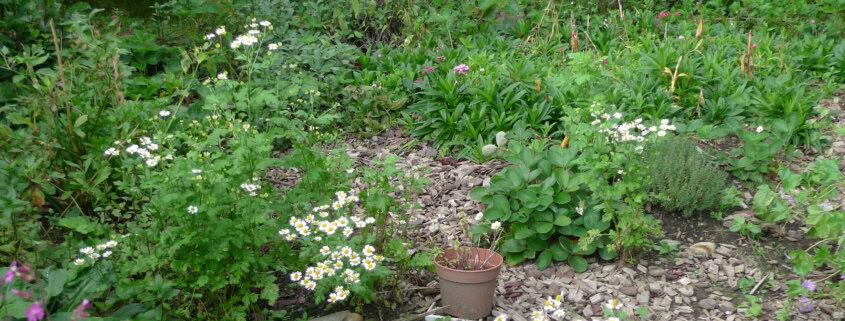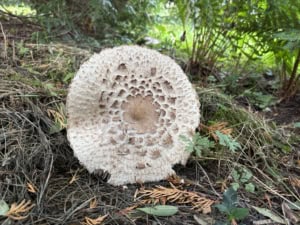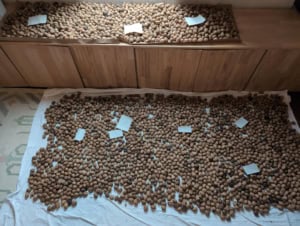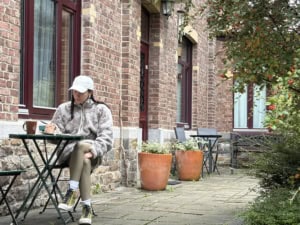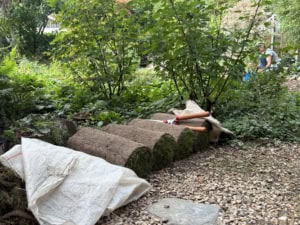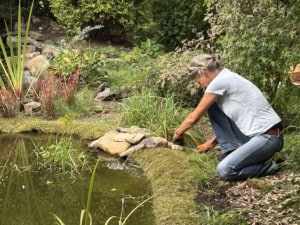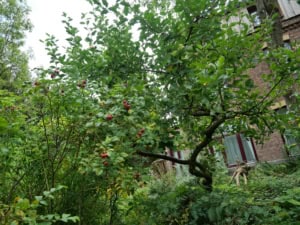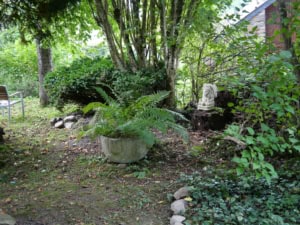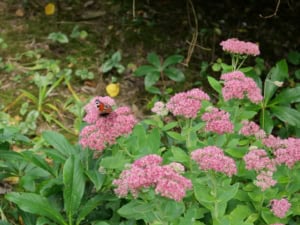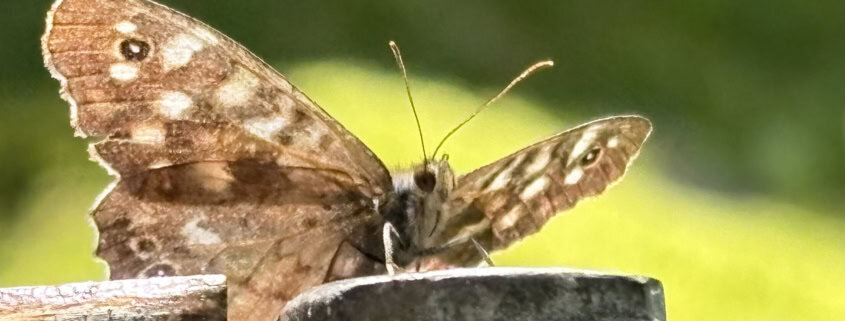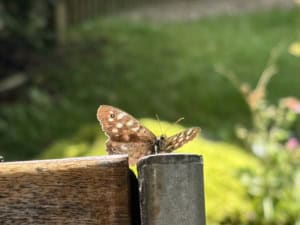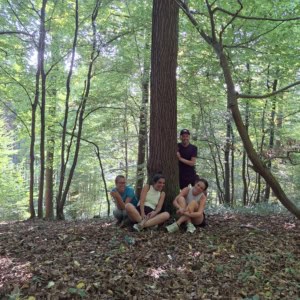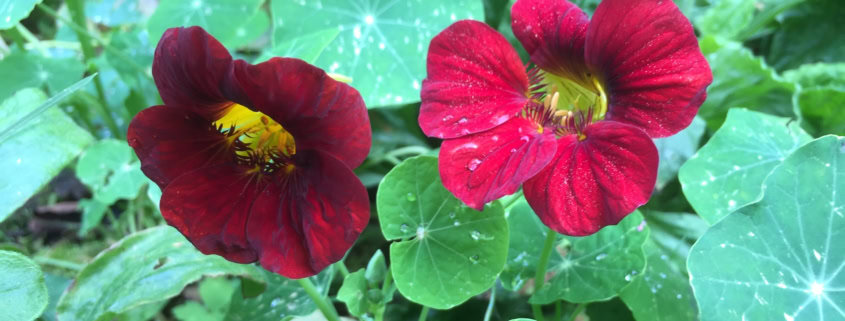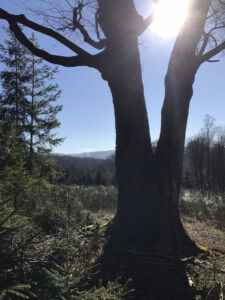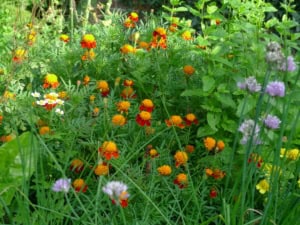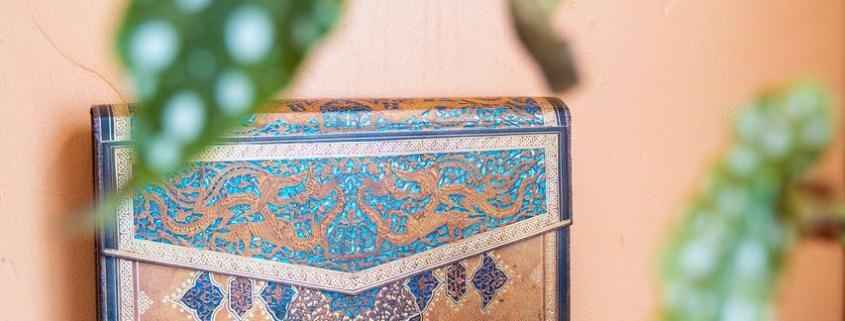Asharum Amonines: Experiences of Meditation, Healing, and Active Devotion in October
The Causal Investigation - Shamanic Retreat
One of the events in October was the Shamanic Retreat with Anna Montis. Anna Montis, a shaman native to Sardinia, has inherited her shamanic gift from her ancestors, which she has further developed in a spiritual context following her encounter with Yoginâm.
It was wonderful to have Anna back in Amonines. Her powerful energy and strong focus, combined with deep compassion for the participants, created a solid foundation. Within this space, the group of eight — diverse in background, orientation, and age — gradually opened up to the intensive shamanic journeys and the exploration of the Soul.
In causal investigation and causal exploration, you enter a very particular state of Witnessing in which the passive and unconscious aspects of Soul are combined with the active and conscious aspects of Mind. It is a kind of lucid dreaming in which you remain active enough to set the course and passive enough to allow Soul to speak in images.
Yoginâm, SIWEB - Dimensions of Experience (2023)
The retreat had taken the participants to unknown places within the inner landscape. Especially the third day spoke of a deep sense of inner movement and contemplation as everyone received a personal healing.
For some participants, who are regular visitors to Amonines, shamanism was entirely new. Curious, but without really knowing what they were stepping into, they had signed up because it was facilitated by the Asharum, which gave them a sense of trust.
They were very enthusiastic about the retreat:
It was truly something very special — beyond words. It has changed me as a person; I’m no longer the same.
Two days later, they booked the Advanced Shamanic Retreat in Níjar, from the 21st to the 25th of May.
Also it was a lovely surprise to receive a message of one of the other participants in the language of Soul; the language of images and symbols:
How beautiful it can be to observe your shadow (side)
A weekend of turbulent weather: storms, rain, wind, darkness, but then the sun breaking through, a beautiful reflection of what happened during the retreat. And all of that embedded in the warm nest of the house with the crackling fire in the stove, the well-prepared food and a lovely group, not to mention twice-daily Asha meditation. Two weeks ago already, still having meaningful dreams. And another piece of development set in motion. Very satisfied.
Asharum Amonines and The Garden of Nâm
The Garden of Nâm and Asharum Amonines are both homes of Yoginâm, though he resides in the Garden of Nâm.
Anna Montis found a beautiful way of capturing what makes these two places at the same time one and yet distinctive:
Before arriving at Asharum Amonines I was expecting somehow to feel the physical absence of Yoginâm during my stay there, used as I was to his presence during many years. But surprisingly I didn’t find any trace of his absence. Instead his presence was tangible and warm through the love and kindness that emanate from the residents of the Asharum. Outside the sky was grey and it was raining incessantly but inside the sun was shining fully because of the harmony that reigns in the house.
Asharum Amonines in Belgium is a different place than the Garden of Nâm in Spain, but not less magic. It is just a different expression of the way of Nâm since diversity is obvious in a tolerant path as Nâm.
To both places pelgrims of all kind come for spiritual inspiration and to drink the water from the source of Nâm. In contemplation of these places a memory of about thirty years ago emerges again: I was with a friend sitting on a balcony, looking at a photo of Yoginâm. From the adjacent balcony a woman asked to see the photo. She reacted astonished because she recognised in Yoginâm her former neighbour in another neighbourhood. She was sensitive and clairvoyant. She took the photo in her hands - her eyes to see the future - and with strong determination she said: "He will succeed in the realisation of his great project".
While I enjoy the beauty and harmony of places like Asharum Amonines and the Garden of Nâm, I realise that her prediction was right.
Asharum Amonines and The Garden of Nâm created by Yoginâm are Mighty Portals that carry us to different fields, states and experiences, letting us come back again safely after that, to the daily level of existence, but enriched by a strong impuls and with more colour in ordinary life.
These two jewels are reminders of what Yoginâm says: "We are not material beings with a spiritual life but instead spiritual beings with a material expression".
About Asha Meditation with drum
The drum is the shamanic instrument by excellence; its vibration enters the brain deeply and when the rhythm is correct, in a passive listener an adequate receptive state of mind can be reached for the resonance that is collectively generated.
Yoginâm, 2024
Meditation is doing nothing
With Meditation one creates space
For what is hidden to become apparent
The so-called meditation exercises
Are skilful means to lead Mind away
From its natural flow of thoughts
Often expressed in an inner dialogue
With which impressions are managedIn order to prepare the active brain for meditation
It is subjected to a special rhythm
That has as an effect a tranquil alertness
Which is the optimal state to enter Meditation
Yoginâm, The Book of Nâm (2020)
Asha Meditation is practised daily in the Asharum and part of all our programmes. You can also participate online twice a week. And if you like to experience an intensified programme including Asha Meditation, please feel invited to join the Nâm Retreat of Silence,
Active devotion
On our website the beauty of Active devotion is presented. In response to that we received a request from Valérie to come to the Asharum to stay for a couple of weeks. In Asha she offered her help for October, which was very welcome because of the absence of one of the staff members visiting Yoginâm in Spain, while the others were occupied with the maintenance of the house.
Valérie stayed for a couple of weeks and being experienced in the kitchen, she prepared healthy and delicious meals which were very much enjoyed.
She shared that being in Amonines and her participations in the meditations touched something that resonated deeply within her.
A quick update on the maintenance of the house:
The first half of October the electrician worked hard to get the electrical network up to standard in line with regulations.
On the day of the inspection the inspector and the electrician walked through the house, accompanied by a solemn silence. When the inspector finally asked how we were doing, adding kindly that “if you’re doing well, then I’m doing well too,” We couldn’t help thinking that, in this situation, it was rather the other way round. After the inspector had left, to our relief the electrician shared the good news: we made it — the electrical work was approved!

